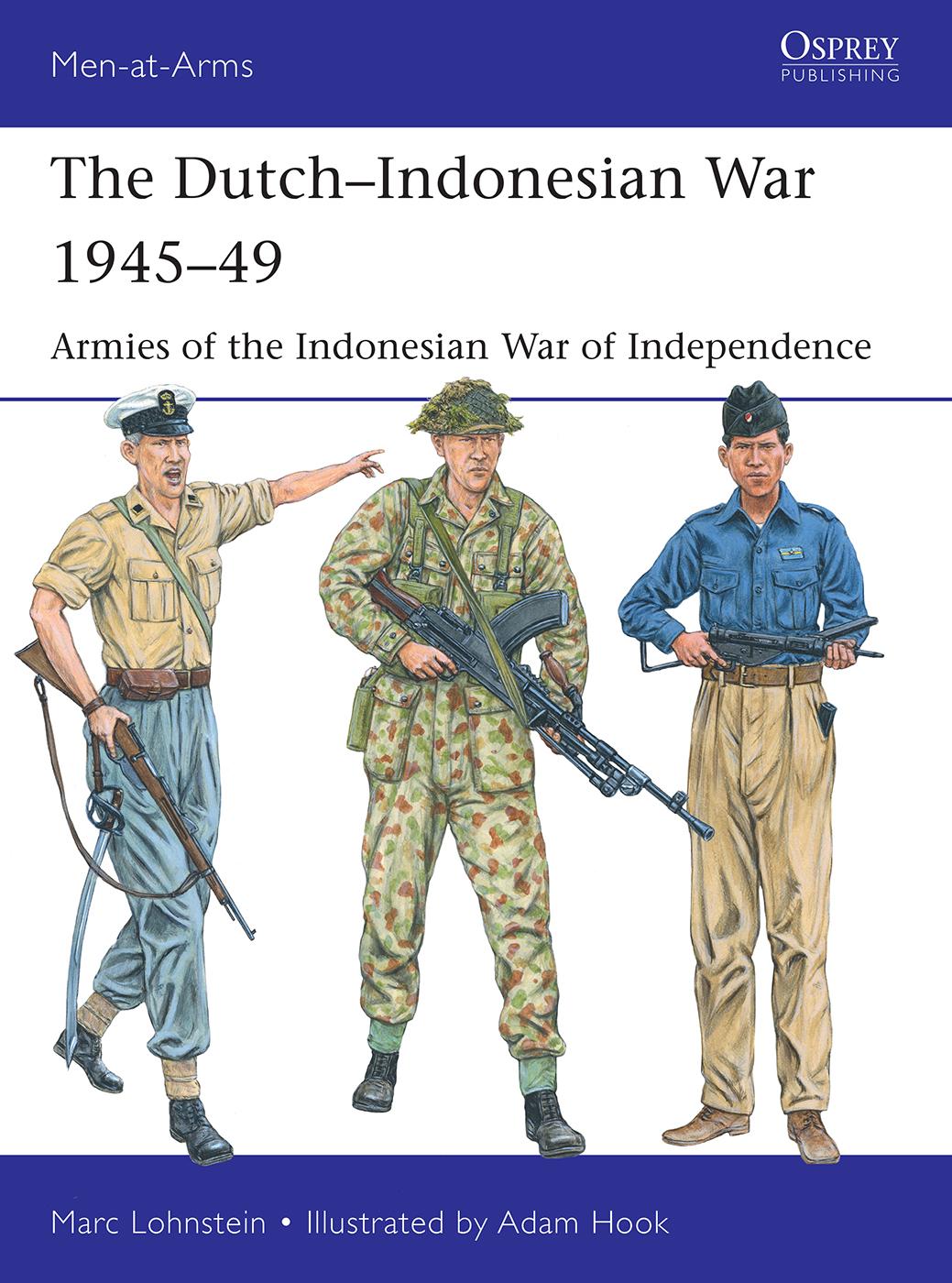

Most ebook files are in PDF format, so you can easily read them using various software such as Foxit Reader or directly on the Google Chrome browser.
Some ebook files are released by publishers in other formats such as .awz, .mobi, .epub, .fb2, etc. You may need to install specific software to read these formats on mobile/PC, such as Calibre.
Please read the tutorial at this link: https://ebookbell.com/faq
We offer FREE conversion to the popular formats you request; however, this may take some time. Therefore, right after payment, please email us, and we will try to provide the service as quickly as possible.
For some exceptional file formats or broken links (if any), please refrain from opening any disputes. Instead, email us first, and we will try to assist within a maximum of 6 hours.
EbookBell Team

0.0
0 reviewsFollowing on from MAA 521 Royal Netherlands East Indies Army 1936–42 and completing the coverage of the post-World War II wars of decolonization, The Dutch–Indonesian War 1945–49 describes the Japanese surrender in September 1945 which left a power vacuum in the colonial Dutch East Indies (Indonesia). Using vivid colour illustrations and rare photos, this title depicts the various forces involved in the struggle for Indonesia: the British Indian Army troops sent to key areas to disarm Japanese garrisons, the Indonesian nationalists who immediately proclaimed an independent Republic, remaining Japanese troops, and the Dutch forces which arrived in 1946.
The wide dispersion of populations, and their ethnic, religious and political differences ensured that the struggle which followed was complex. Fragmented bands of nationalist permuda insurgents were slowly brought together under command of a republican army (the BKR, later TKR, and finally the TNI, complete with naval and air elements), but stubborn negotiations alternated with bouts of major fighting.
This book details how the nationalists were defeated by Dutch and Dutch-led local forces in urban areas (e.g. during Operations Product and Crow , 1947 and 1948), but how their guerrillas evaded Dutch troops in the jungle hills and swamps. Illustrating a wide range of uniforms, insignia, personal weapons and equipment, this study showcases the troops and armour involved in the conflict.